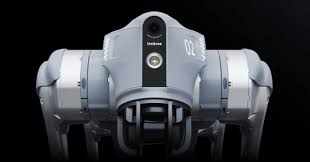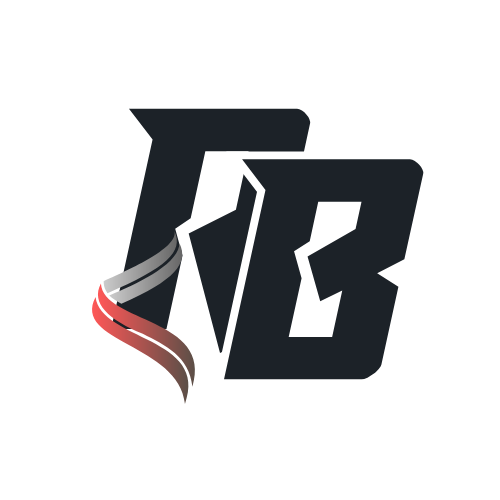
Quadruped Robot Dog Unitree Go2 is using its camera
Exploring the Camera Capabilities of the Unitree Go2 Robot
The Unitree Go2 is a highly versatile and intelligent robotic platform designed for a variety of applications, from research and education to industrial tasks. One of its standout features is its camera system, which enhances the robot's ability to perceive and interact with its environment. In this article, we’ll dive into how the Go2’s cameras contribute to its performance and functionality.
1. High-Resolution Vision for Real-Time Navigation
The Go2 is equipped with high-resolution cameras that provide real-time video feed, offering clear and detailed views of its surroundings. These cameras play a crucial role in the robot’s autonomous navigation system. They allow the Go2 to identify obstacles, map out its environment, and adjust its movements accordingly. Whether the robot is walking on a flat surface or navigating a more challenging terrain, its camera system helps it maintain smooth, precise control by constantly updating the robot’s understanding of its environment.
2. Obstacle Detection and Avoidance
One of the key applications of the Go2’s camera is obstacle detection and avoidance. The robot uses its camera feed to detect objects in its path, such as furniture, walls, or other obstacles. By combining this visual input with other sensors (like LIDAR and depth sensors), the Go2 can avoid collisions and navigate around obstacles with ease. This capability is particularly important for applications where safety and efficiency are essential, such as in warehouses, factories, or homes.
3. Environment Mapping and Spatial Awareness
The Go2’s cameras are essential for its spatial awareness. Using vision-based algorithms, the robot can generate detailed maps of its environment, helping it understand the layout of a room or outdoor area. This real-time mapping is crucial for path planning and ensuring that the robot can navigate efficiently without getting stuck. The ability to "see" its surroundings in this way enables the Go2 to perform complex tasks like fetching objects, delivering goods, or even inspecting hard-to-reach areas.
4. Remote Monitoring and Teleoperation
Another valuable aspect of the Go2’s camera system is its ability to support remote monitoring and teleoperation. Through the robot’s built-in camera, users can view live video streams, allowing them to control and guide the robot in real time, even from a distance. This feature is especially useful in applications where direct human supervision is necessary but not always possible, such as remote inspections in hazardous environments or monitoring the robot's actions in large or crowded spaces.
5. AI-Powered Object Recognition
Beyond just navigation and obstacle avoidance, the Go2 can also leverage its cameras for object recognition. Thanks to integrated AI and machine learning algorithms, the robot can analyze visual data and identify objects, people, or specific areas of interest. For example, in a logistics setting, the Go2 can use its camera to recognize packages, sort them, or detect certain items that need attention. In industrial environments, it can spot defects or monitor inventory, all with a high degree of accuracy.
6. Interactive Features and Engagement
The Go2’s cameras also play a role in enhancing user interaction. With integrated facial recognition or gesture detection, the robot can engage with people in more intuitive ways. For example, it might be able to recognize a familiar face or respond to certain movements or gestures. This makes the Go2 not just a robotic assistant but a more interactive and personable tool, which is a significant advantage in customer service and educational applications.








